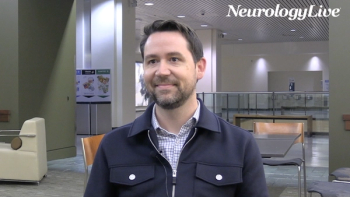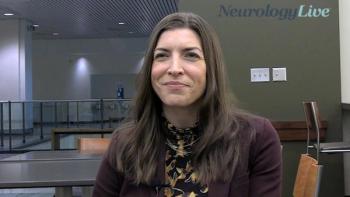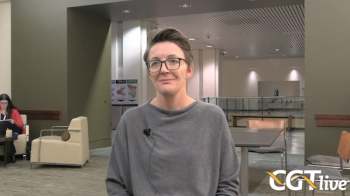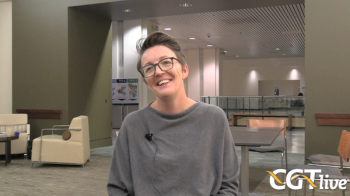
Rebecca Ahrens-Nicklas, MD, PhD, and Kiran Musunuru, MD, PhD, MPH, ML, MRA, on the Implications of the First Successful Personalized Gene Editing Therapy
The physician-scientists at CHOP discussed long-term future expectations for personalized gene editing therapy.
This is the third part of an interview with Kiran Musunuru, MD, PhD and Rebecca Ahrens-Nicklas, MD, PhD. For the first part,
“It's really moving medicine to be more like surgery in a way—more like a type of procedural healthcare where you're doing one-time interventions that have durable, long-term therapeutic effects. I fully suspect that as this takes off in the coming years—and maybe it'll take more like decades—but we'll eventually get to the point where gene editing will be the standard of care for many diseases, ranging from ultra-rare to the most common diseases. We might get to the point where it's so routine that [it’s similar to] the way we think about antibiotics and blood pressure medications, now. You don't even think twice about it, right?”
A seminal event in the history of gene editing therapy took place recently, with the treatment of a child named KJ with a personalized CRISPR-based gene editing therapy for his severe carbamoyl phosphate synthetase 1 (CPS1) deficiency.1 The treatment, which took place at Children’s Hospital of Philadelphia (CHOP) in the context of an n-of-1 clinical trial in February of this year, was announced publicly by the institution on May 15, 2025, with a press release, a paper in The New England Journal of Medicine, and a presentation at
In light of the news, CGTLive® spoke with Kiran Musunuru, MD, PhD, a physician-scientist and Barry J. Gertz Professor for translational research in the Perelman School of Medicine at the University of Pennsylvania and CHOP and Rebecca Ahrens-Nicklas, MD, PhD, a physician-scientist and director of the Gene Therapy for Inherited Metabolic Disorders Frontier Program at CHOP, at ASGCT. Following a
REFERENCES
1. World's first patient treated with personalized CRISPR gene editing therapy at Children’s Hospital of Philadelphia. News release. Children’s Hospital of Philadelphia. May 15, 2025. Accessed May 15, 2025.https://www.chop.edu/news/worlds-first-patient-treated-personalized-crispr-gene-editing-therapy-childrens-hospital
2. Musunuru K, Grandinette SA, Wang X, et al. Patient-specific in vivo gene editing to treat a rare genetic disease. The New England Journal of Medicine. May 15, 2025. Doi: 10.1056/NEJMoa2504747, LA.
Newsletter
Stay at the forefront of cutting-edge science with CGT—your direct line to expert insights, breakthrough data, and real-time coverage of the latest advancements in cell and gene therapy.










































